 Annoying: code 'Daisy Daisy Daisy' Marc Jacobs ad Photo: YouTube
Annoying: code 'Daisy Daisy Daisy' Marc Jacobs ad Photo: YouTube
As a New Year's gift, Amazon Prime subscribers received an email on January 3 warning that “beginning February 5, Prime Video movies and TV shows will include limited advertising. No action is required from you, and the current price of your Prime membership will not change. We'll also be offering a new ad-free option for an extra £2.99 per month.”
At least that was a pretty neutral read. Back in November, Disney+ sent out the overly enthusiastic equivalent to the media: “Disney+ introduces its long-awaited ad-supported subscription plan in the UK.»
“Very expected” is one way to put it. Another option may be to reluctantly accept the inevitable. The idea that a service you already pay for should now insist on showing you ads has outraged even those in the advertising business. One large company customer, who preferred not to be identified as “I have to deal with these assholes,” complained that “I'm a Spotify subscriber. I'm paying for the service. But I get ads. I make my living in advertising and I think this is too much. Free TV with advertising, that's fair. But it feels like we're paying twice.”
The problem is that the original streaming business model has become buffered. It was normal for Netflix to borrow heavily to fund programming based on subscription revenue when it was the only player. But then Amazon, Apple and Disney appeared. and Peacock and Max, YouTube and Paramount Plus, as well as other cable platforms, and in the UK — ITVX, Sky, Britbox and BT.
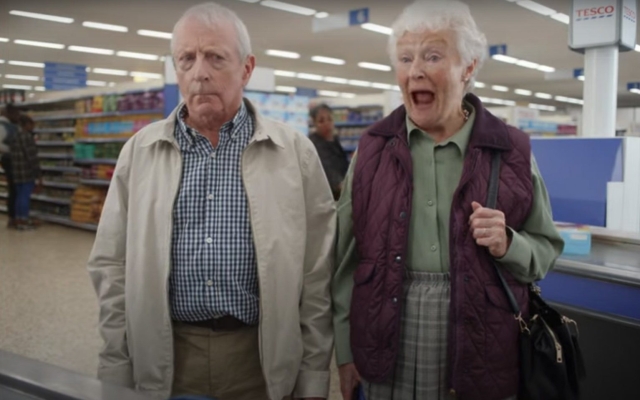 'Horrifying': Tesco club card advertisement Photo: Youtube
'Horrifying': Tesco club card advertisement Photo: Youtube
Then the cost of living led consumers to cancel subscriptions—the U.S. saw a huge churn in the fall as consumers switched between platforms. So-called FAST TV channels—also known as “free, ad-supported TV”—such as Pluto, Roku and Tubi emerged, and program budgets continued to grow. Charging for advertising seems like a no-brainer, right?
In November, Netflix announced that by the end of its first year, its ad-supported tier had reached 15 million active users—a tiny fraction of its 247 million subscribers. The company is raising prices on its ad-free options to attract more consumers as advertising offers more revenue per user. Why don't people choose the cheaper option? Perhaps it's because advertising these days is terrible.
A quick look at sites like Mumsnet, Reddit and general social media shows a growing frustration with the poor quality of advertising we are being thrown at these days. Among the most despised were a Tesco Clubcard ad featuring a terrifying Joker face, where shoppers get a giant, hard, distorted look, and something from Verisure — with sadly awkward captions such as:
Homeowner (opens door to guy in jacket with Verisure Logo): Hello!
Chapter: I'm Jack.
Homeowner: Thank you for coming so quickly. Our neighbor just got robbed.
Chap: Oh, that's terrible. Don't worry. We are here to protect.
Homeowner: You mean you can install today?
Head: Yes!
 <р>And at the high end, Marc Jacobs's Daisy Daisy Daisy draws some scorn — three girls in white petticoats with chains of daisies dance in a field in a state of heightened ecstasy, sometimes holding hands in a ring of roses and other times. at times he caressed a huge bottle of perfume as if it were a pagan totem. The noise they make while sniffing the daisy suggests that someone has sprayed the field with the CIA's new chemical weapon. At the end, they grin blankly at the camera for far too long, endlessly repeating «daisy, daisy, daisy,» seemingly confirming the CIA theory.
<р>And at the high end, Marc Jacobs's Daisy Daisy Daisy draws some scorn — three girls in white petticoats with chains of daisies dance in a field in a state of heightened ecstasy, sometimes holding hands in a ring of roses and other times. at times he caressed a huge bottle of perfume as if it were a pagan totem. The noise they make while sniffing the daisy suggests that someone has sprayed the field with the CIA's new chemical weapon. At the end, they grin blankly at the camera for far too long, endlessly repeating «daisy, daisy, daisy,» seemingly confirming the CIA theory.
“Consumers don’t like them and they don’t deliver value to the client,” says Rob Rhode, a former creative director turned copywriter. “Commercial art that is real art — like the 1984 Apple ad — how many people are capable of creating an ad like that? Less than one tenth of a percent. We've been bombarded with an unimaginable amount of crap. Go back to basic principles, put the customer first, respect their intelligence and give them a reason to buy. Instead we have a lot of loud noises, stupid gimmicks and gags. It's cartoonish, brazen nonsense, and clients see right through it.”
The problem, according to Lawrence Green, director of effectiveness at the Institute of Advertising Practitioners, is that advertisers are having to adapt to ever-faster changes in advertising. media environment.
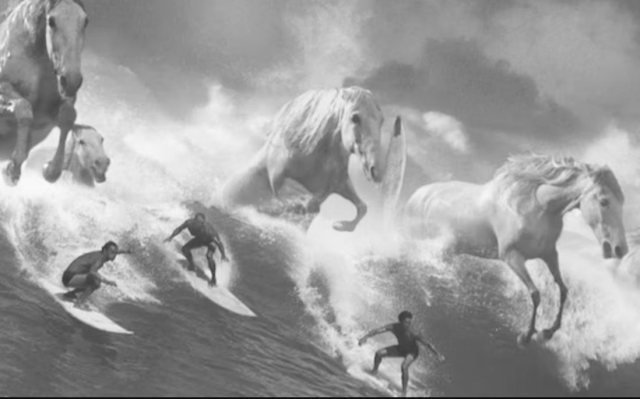 Guinness's 'Surfer' advertising, directed by Jonathan Glaser, 1998
Guinness's 'Surfer' advertising, directed by Jonathan Glaser, 1998
“For 300 years the dominant advertising medium was print, the next 40 years television, 10 years Internet search, three years social media,” he explains. “The way we consume has changed incredibly. There are very few shared experiences these days. We don't have those moments when 10 million are watching — we don't have public relations. Meanwhile, companies like Google and TikTok have lowered the barrier to entry so you can become an advertiser for £100.»
He notes that there is value capture from the tech industry, which works directly with advertisers who have tiny budgets and typically lack creative agencies. Because many tech giants are US-owned, they expect advertising to work within the tough US-born advertising culture of aggressive direct sales. The data-driven world of advertising cookies they have created is influencing every major company.
“I recently talked to CMOs who say that 10 to 15 years ago their job was to get good copy on the air,” he explains. “You will now manage a team of 300 marketing professionals dedicated to 360-degree marketing. The time they can devote to great creativity is limited.»
 1992 You've Been Tangoed ad. Photo: Youtube
1992 You've Been Tangoed ad. Photo: Youtube
Green was one of the founders of the advertising agency Fallon, which became famous for its creative whimsy and success in building a brand, using advertising such as the drumming gorilla for Cadbury's Dairy Milk. The 2007 commercial was a full 90 seconds long and simply showed a man in a gorilla suit playing the drums to Phil Collins' «In the Air Tonight.» First, the broadcast took place in late August, and by November it had received six million views on YouTube and increased Dairy Milk sales by almost 10 percent.
It came at the end of several glorious decades of British advertising — 1984's Ridley Scott's Apple ad and Nick Kamen's Levi's «Heard Her Through the Grapevine» advert, which ushered in an era that included «The Golden Blend Couple», «You were in tango” and the crazy “Dime” by Harry Enfield. The Bar/Armadillo campaign, Jonathan Glaser's surf horses for Guinness, Mel Sykes putting cereal in a pint of Boddingtons and the oddly touching Heinz ad featuring a truck driver and a Ladysmith Black Mambazo soundtrack celebrating the hard work of a family man.
The announcements became the talk of the nation and turned the creatives behind them into stars. And many of them, Rhodes believes, will be difficult to implement today, not only for budgetary reasons.
“Wokeism is destroying the industry—advertising is used to promote agendas and ideologies,” he argues. “I think a lot of CMOs don't know what they want to see, so when an agency comes along and surprises them, they buy it. This is social engineering, not selling.»

Green doesn't buy this argument. He notes that the most talked-about advertisements of recent years follow no agenda other than “not to be boring.” He cites the crazy McDonald's «raise your arches» ad, where the entire office expresses their hamburger cravings by wagging their eyebrows at arthouse music weirdos Yello's Oh Yeah, a touching clip in Cadbury's father-daughter garage where the father tries cheer up your girl. during a long night shift and the heart-wrenching Last Smile campaign against miserable living, which featured beaming smiles in people's last photographs taken before they committed suicide.
“We're going back to humor and brands,” he says. “Google is starting to move away from using cookies, while GDPR privacy concerns are starting to emerge in the wake of a completely unregulated internet. You'll be less likely to be hounded throughout the week by ads for something you've already purchased or viewed.»
Since we'll likely be watching a lot more ads this year, wouldn't it be better? , if there were more advertising that would actually interest us? Greene believes the fact that tech companies like Amazon and Netflix sell advertising will help improve the quality of advertising.
“Amazon spends millions of dollars per episode of its shows and doesn't want tedious advertising to turn off viewers,” he argues. “We will return to rewarding advertising that complements content, in the same way that ITV used to do. All the evidence shows that interesting advertising will save you money because people remember and like it. It's like a reality show: the only thing that matters in the casting is not to be boring. I think this is the beginning of a counterattack.»












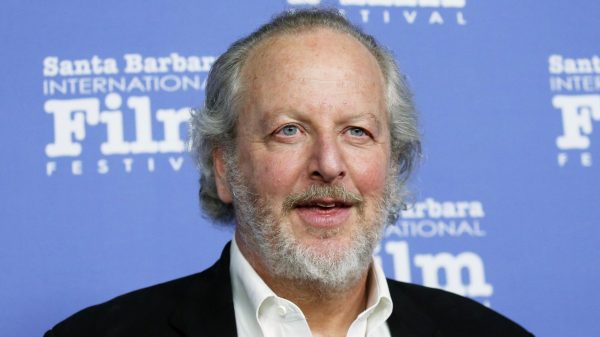
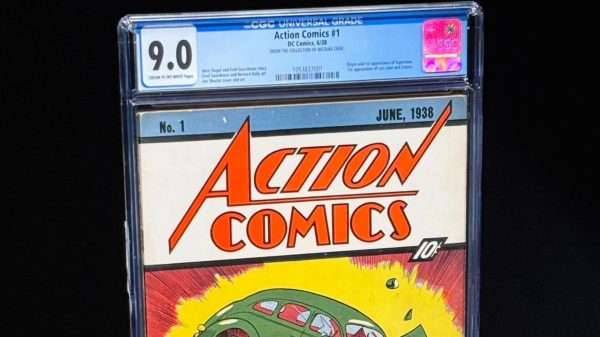
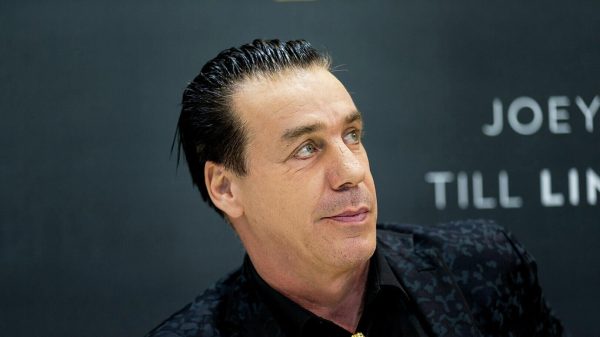





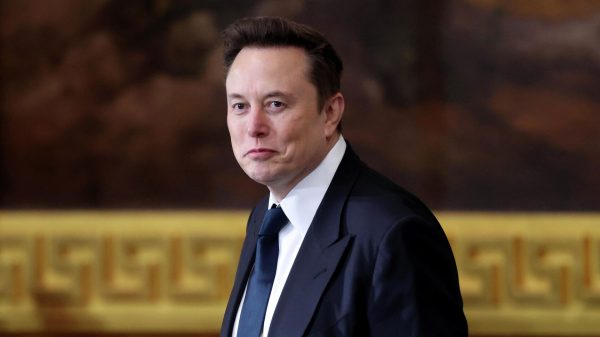





































Свежие комментарии